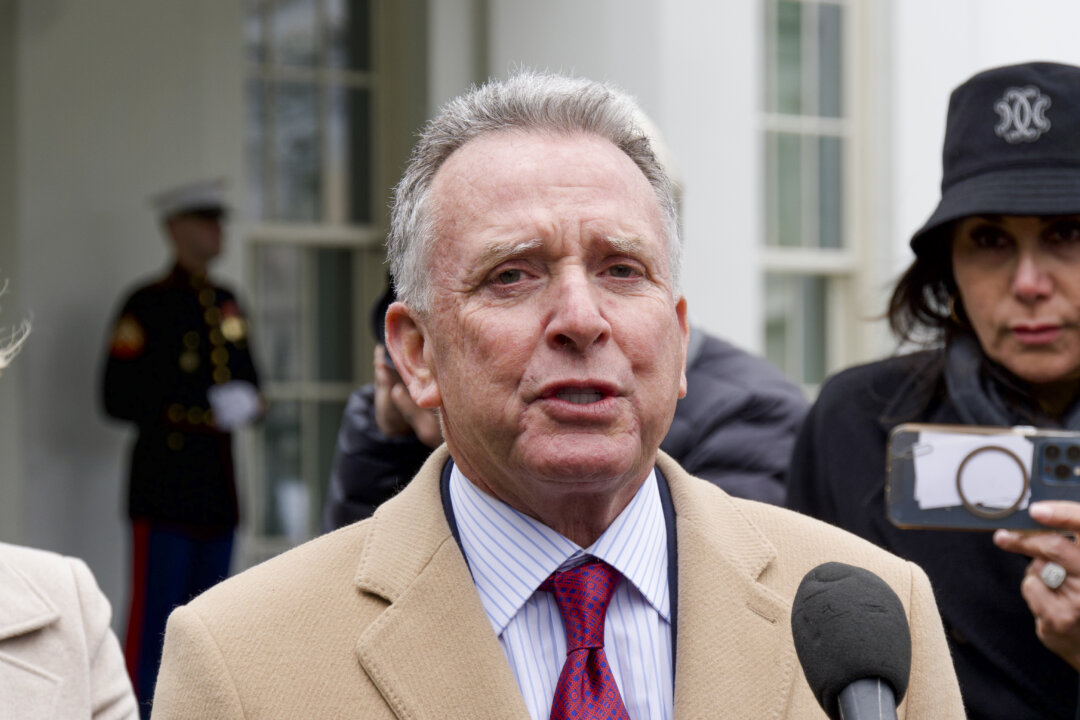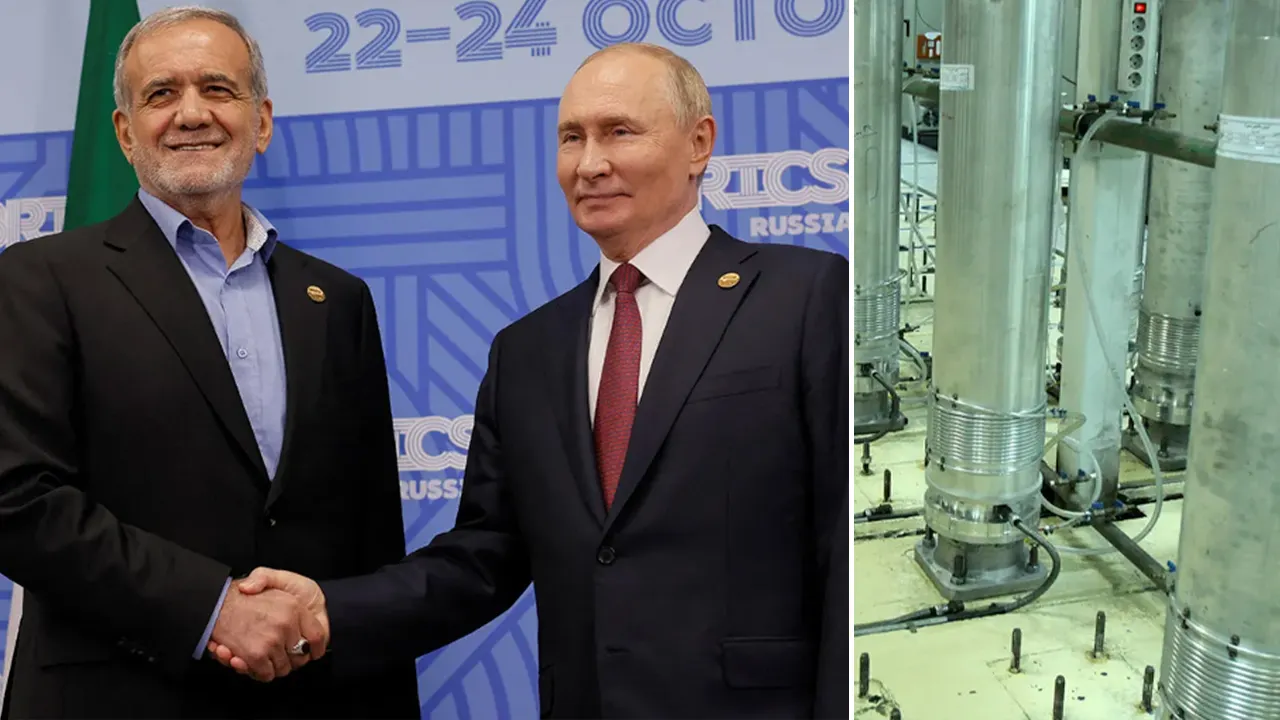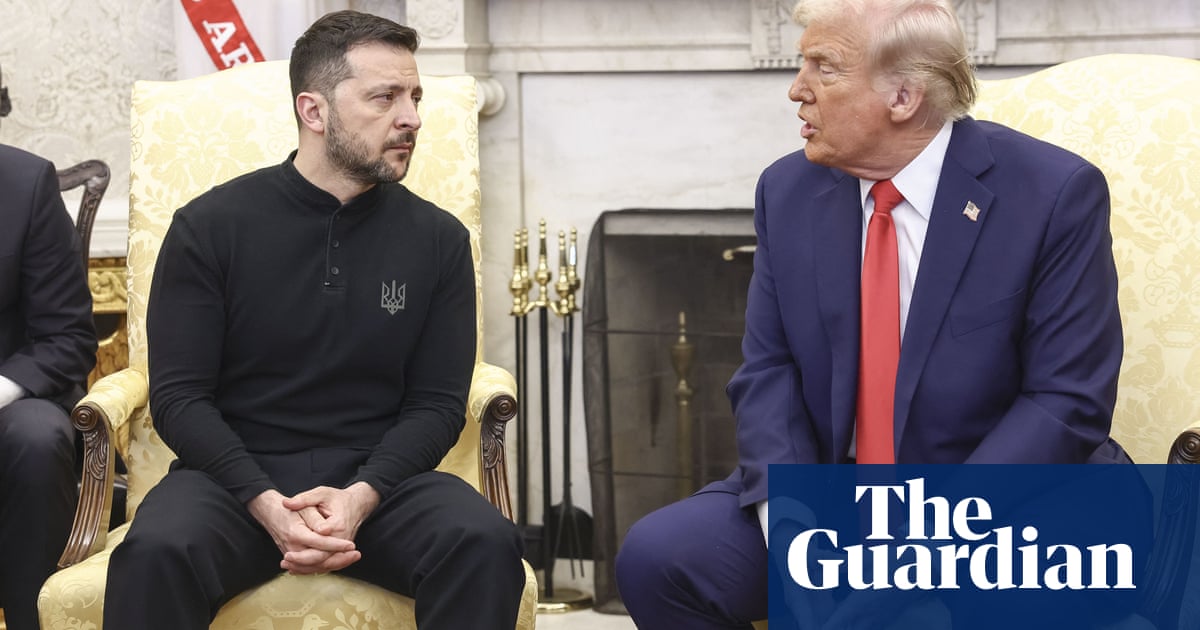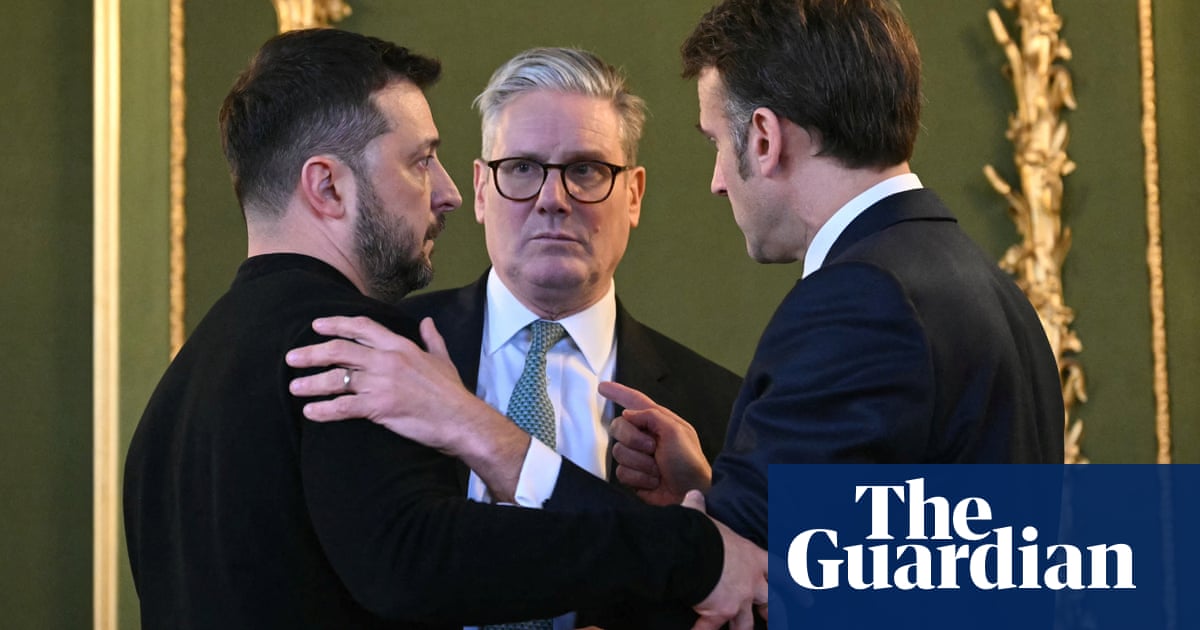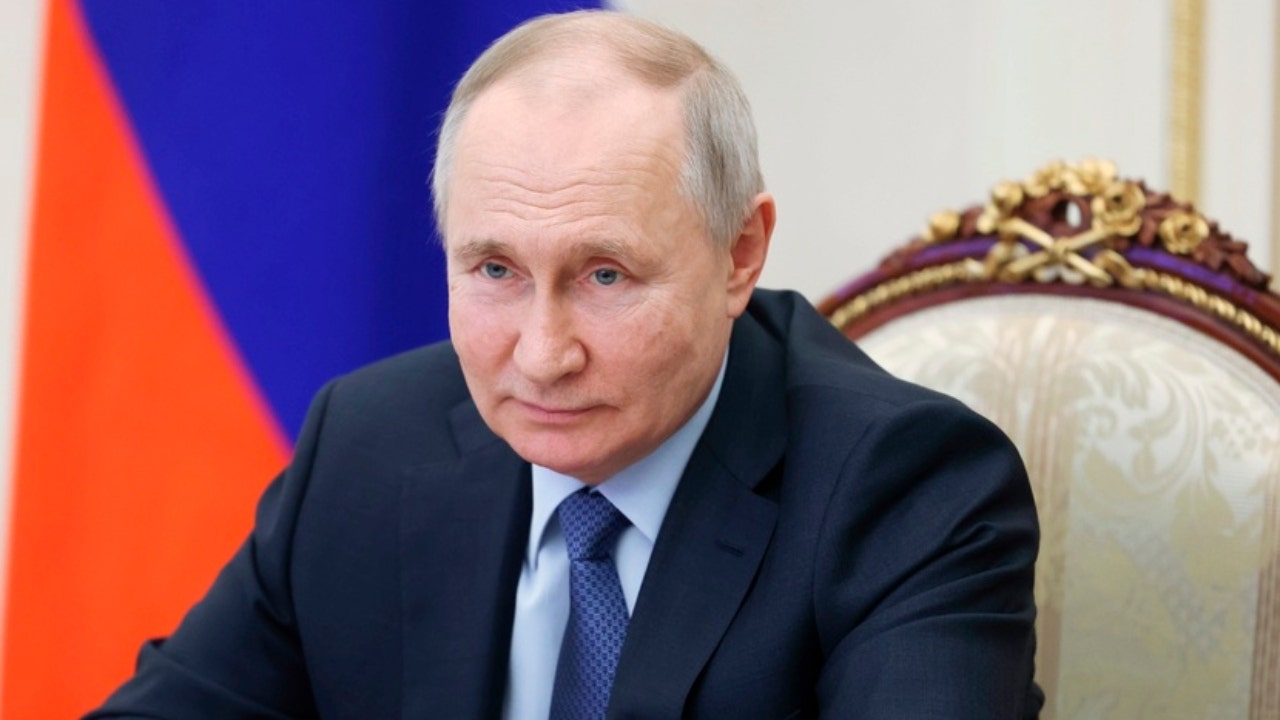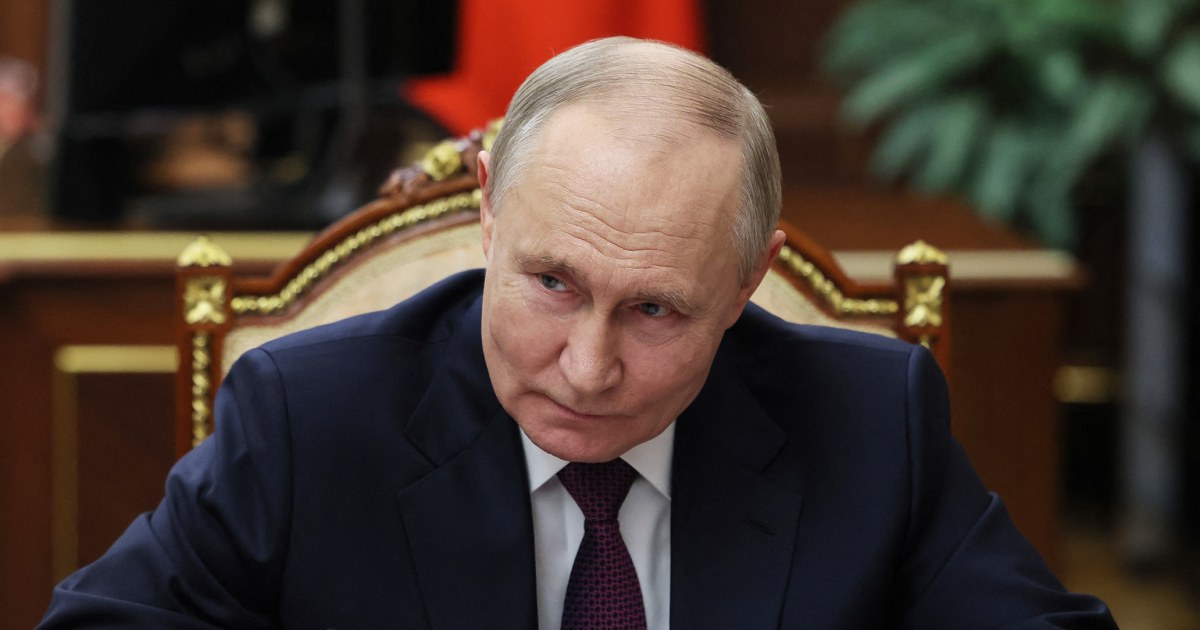Ceasefire Proposals Amid Intensifying Conflict: Latest Developments
Ukraine and U.S. push for a ceasefire with Russia, despite skepticism about its feasibility and ongoing military tensions.
Overview
Ukraine and the U.S. proposed a 30-day ceasefire with Russia following talks in Saudi Arabia, but former national security adviser John Bolton cautioned it might not benefit Ukraine. President Zelensky’s agreement stems from pressure for U.S. military aid after a rocky Oval Office meeting with Trump. While U.S. Secretary of State Rubio says the initiative is now in Russia’s hands, skepticism remains about Putin's willingness to comply. Concurrently, Russian officials criticize the approach as exclusionary, and recent military advancements by Russia in the Kursk region complicate the landscape as ceasefire discussions continue.
Report issue

Read both sides in 5 minutes each day
Analysis
- Former national security adviser John Bolton warned that a ceasefire deal might not align with Ukraine's interests, indicating that Ukraine's President Zelensky felt compelled to agree to the US framework to secure military and intelligence assistance after a contentious Oval Office meeting.
- The developments show a shift in pressure towards Russia, with US Secretary of State Marco Rubio stating that the ball is now in Putin's court regarding the proposed 30-day ceasefire, despite skepticism about Russia's willingness to engage in good faith.
- Continuous communication is being maintained between US and Russian officials, with outreach efforts from the Trump administration indicating a willingness to negotiate, although doubts remain about Russia's sincerity in these discussions.
Articles (20)
Center (5)
FAQ
Recent Russian military advancements in the Kursk region increase pressure on Ukraine and complicate the ceasefire negotiations, as Russia seeks to leverage these gains in any potential agreement.
History
- 9M

 3 articles
3 articles
- 9M

 5 articles
5 articles



